You might need to wire inlets/outlets, replacement electrical plugs, and connectors or receptacles from time to time. The below list of tips will help to keep you aware of important things you should know before you wire any home, job site, or DIY project.

AC WORKS™ carries many DIY wiring devices and products to help get you plugged in. We do care about your safety and the safety of those around you, so we prefer you ask any questions you have before you start a wiring project. We also prefer you consider hiring a professional electrician to wire your project as this will always be the best idea. You may have your own reasons for wanting to work on the DIY project yourself. Please see our suggestions to help you save time and do your project right.
**WARNING: Always turn off the electricity when working on electrical related projects.
MALE PLUGS/FEMALE CONNECTORS
- The cable must be of applicable ampacity, service and temperature rating for the conditions of use
- Make sure the wire is clean and a bright copper color after being stripped
- Make sure you have NOT stripped any copper wire off, this will reduce the capacity of the cable
- Do not solder the ends of the wire
- Make sure connections are secure and properly insulated with no stray wires
- Tighten the terminal screws to 12-16 in-lbs. of torque
- ALWAYS READ THE USER MANUAL BEFORE WORKING ON A HANDS-ON PROJECT
RECEPTACLES
- Make sure power is off and is not able to be turned back on during the installation process
- It is best to hire a certified electrician to install receptacles
- Failure to follow proper installation methods can result in an electrical failure or fire
- The receptacle should have the proper electrical rating
- The size and type of wire used must comply with local electrical codes
- Make sure the wire is clean and a bright copper color after being stripped
- Make sure connections are secure and properly insulated with no stray wires
- ALWAYS READ THE USER MANUAL BEFORE WORKING ON A HANDS-ON PROJECT
INLETS/OUTLETS
- It is best to hire a certified electrician to install temporary power inlets, if possible
- Failure to follow proper installation methods can result in an electrical failure or fire
- Choose a suitable location on the exterior of your home for your inlet box to be mounted
- Make sure connections are secure, properly insulated and there are no stray wires
- Tighten screws and assembly to a maximum 12-16 in-lbs. torque
- ALWAYS READ THE USER MANUAL BEFORE WORKING ON A HANDS-ON PROJECT
Wiring and DIY projects including electricity and wiring are best kept to the professionals. When you hire a certified electrician, you have peace of mind, knowing your project is safe. Electricians know wiring safety precautions, proper installation methods and area electrical codes to follow.
If you have any questions regarding the above information or are looking for a user manual for the installation of our products you can contact our customer service department.

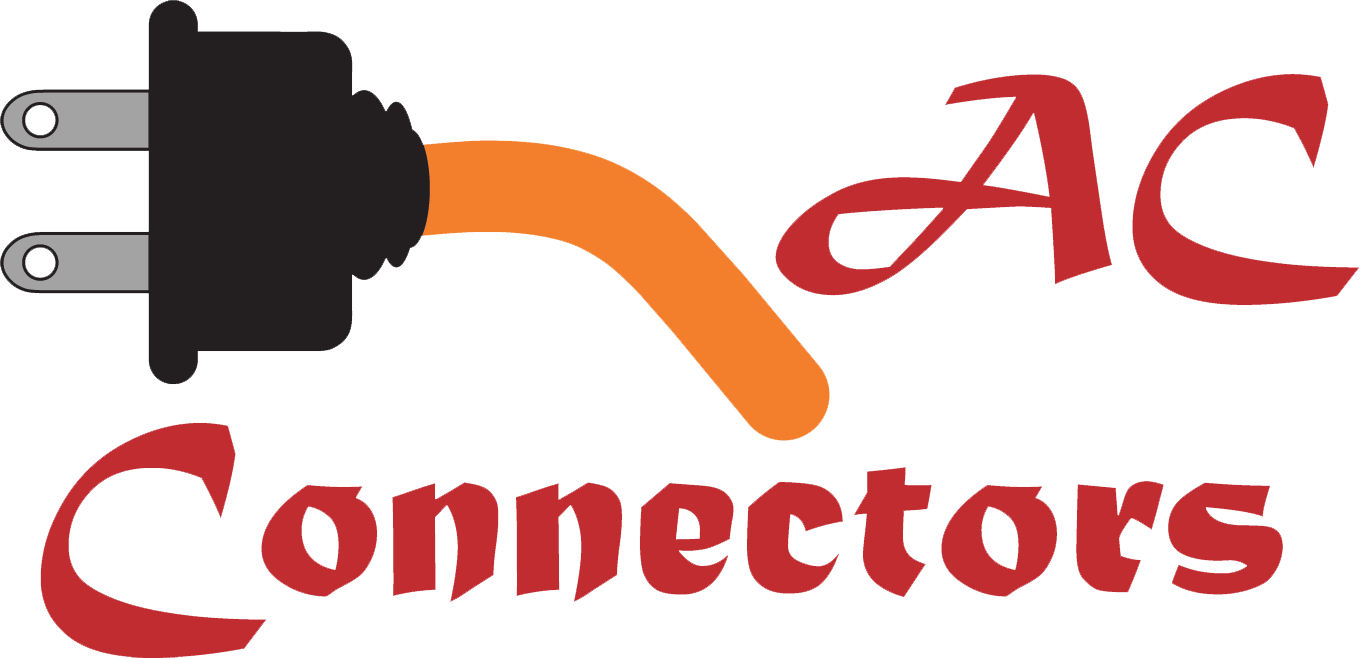
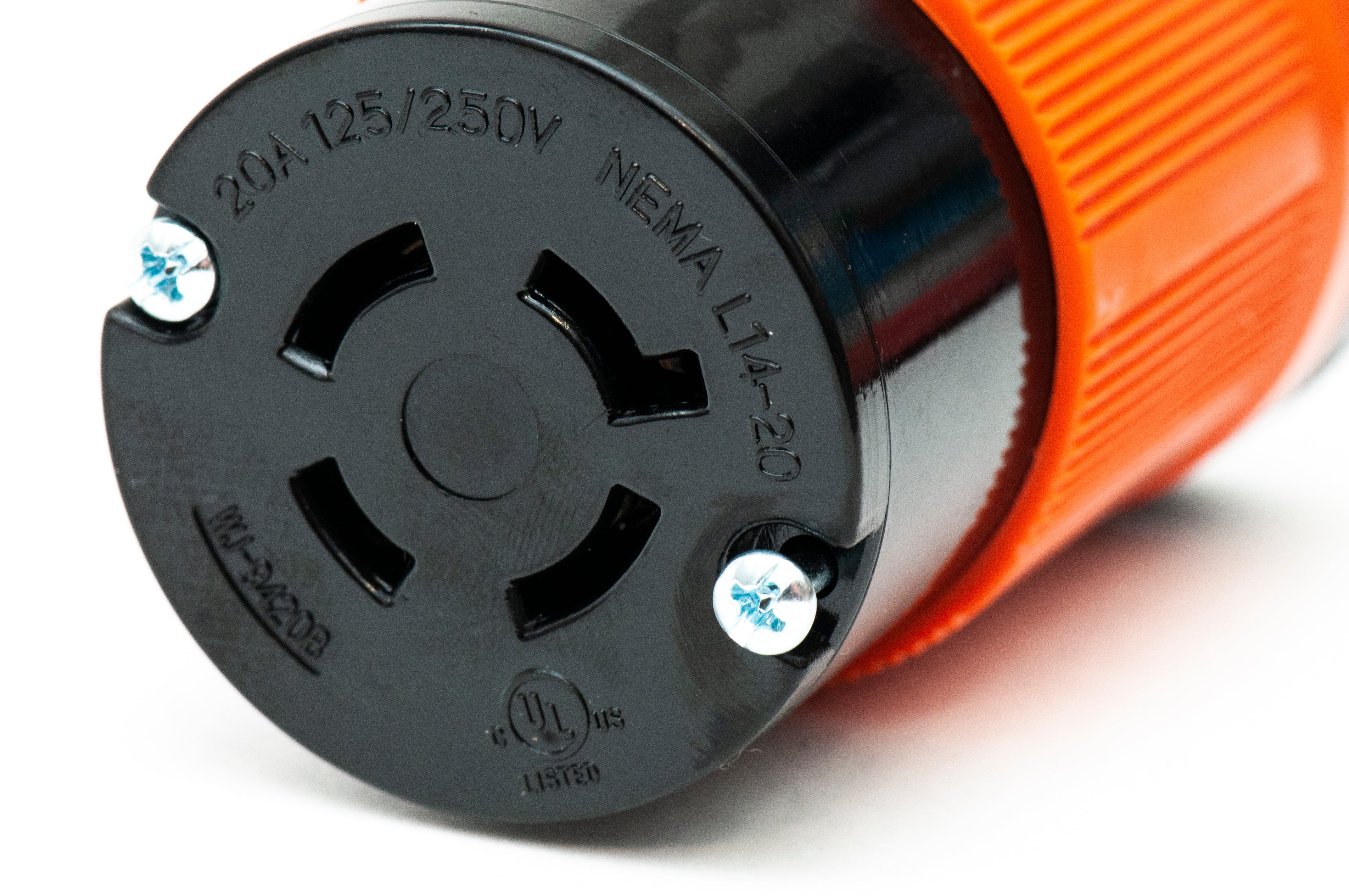
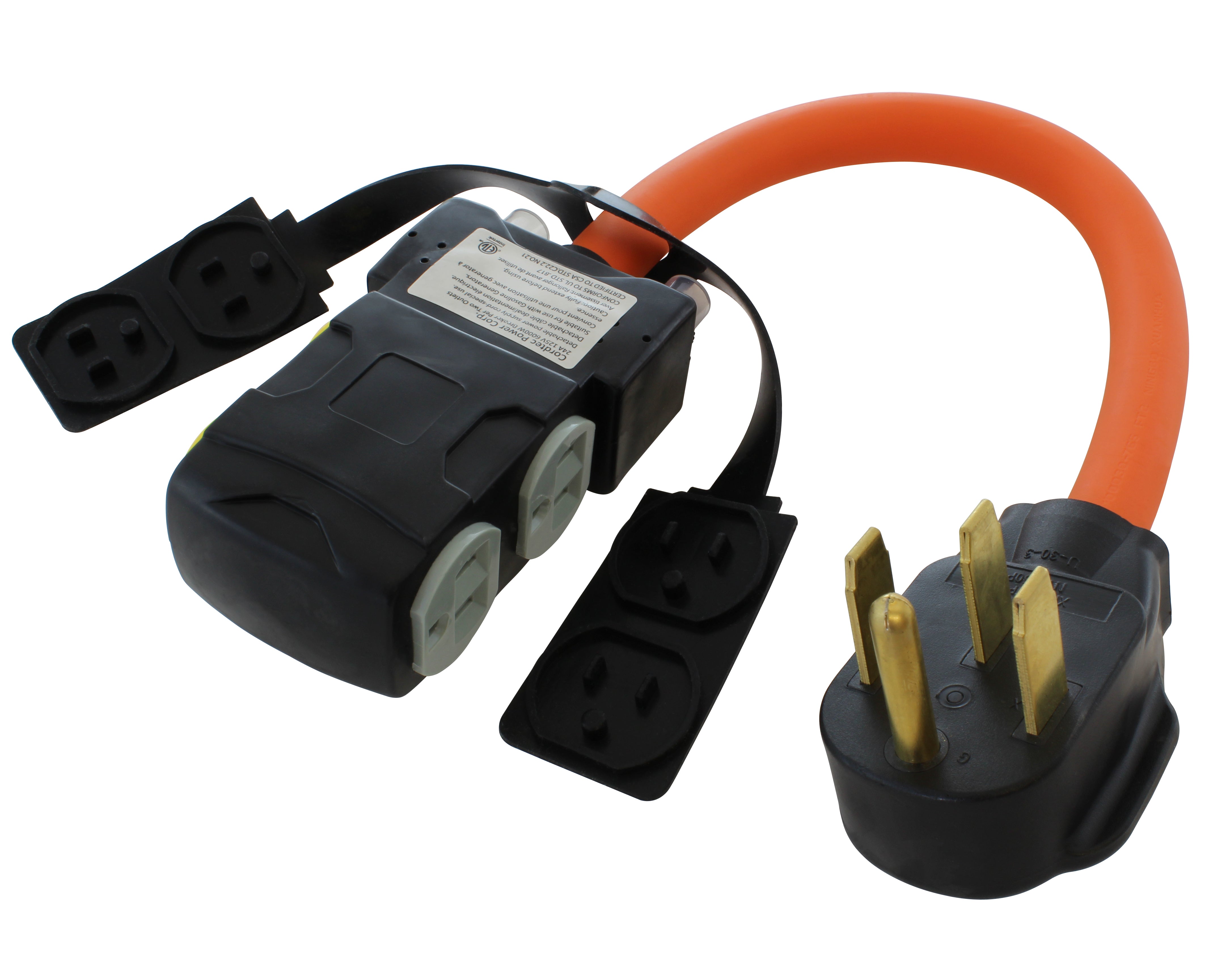
![AC WORKS® [ASINSS2PBX-G] 50A Locking 4-Wire CS6375/ SS2-50 Heavy-Duty Transfer Switch Inlet Box](http://acworks.com/cdn/shop/files/ASINSS2PBX-0_0206b362-7c90-42a5-8754-0685c13dab7e.jpg?v=1758051675&width=2500)
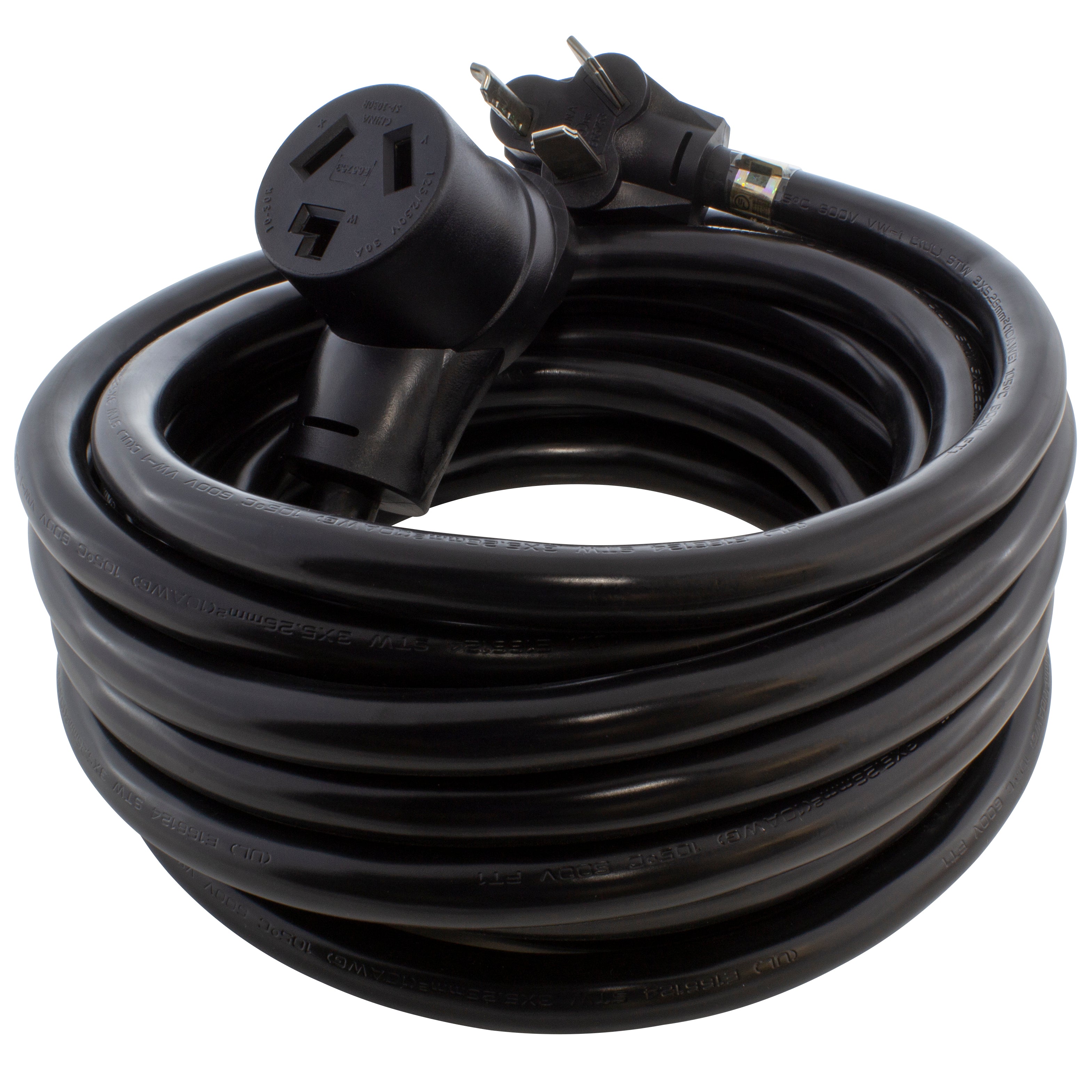
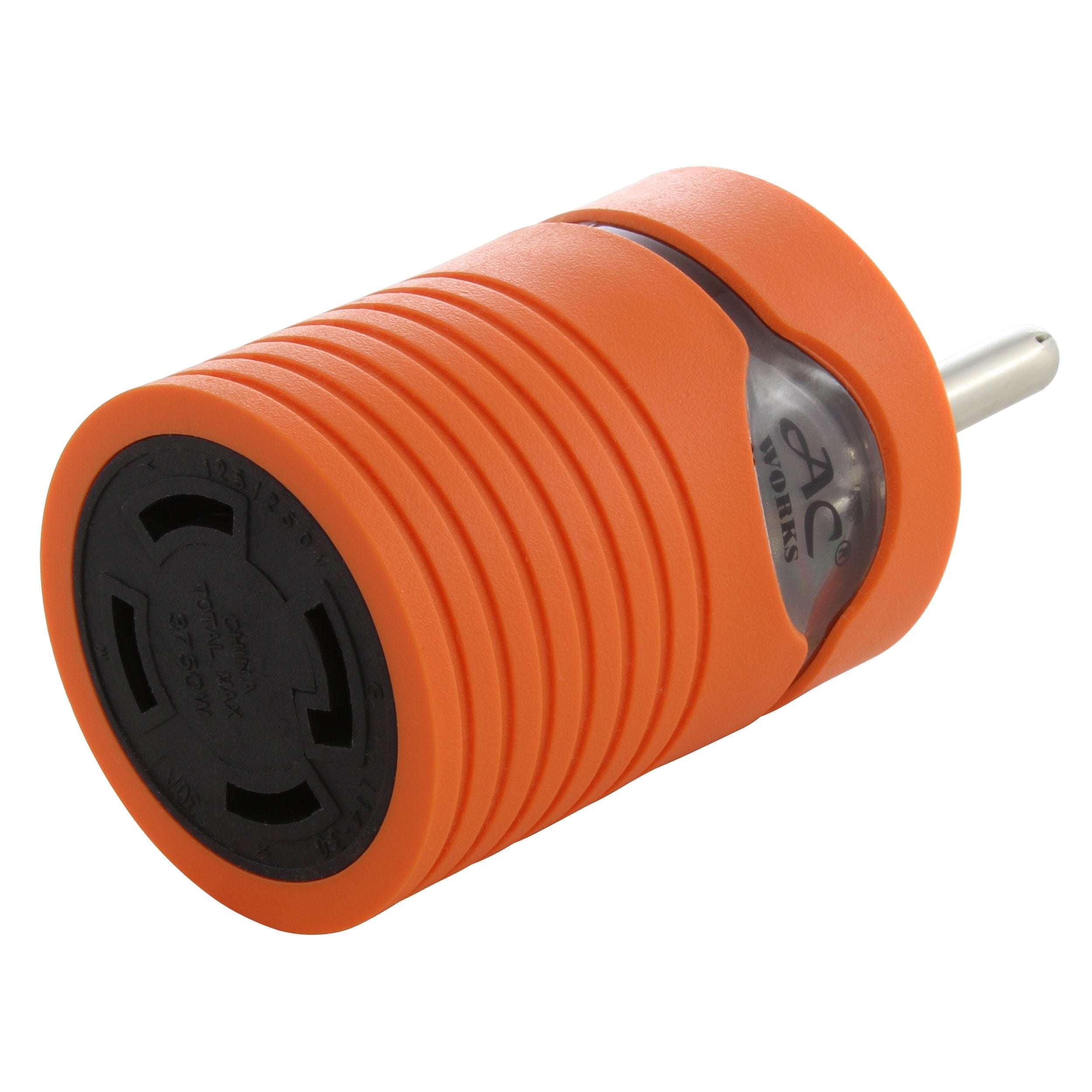
![AC WORKS® [S1430CBF520] 1.5FT 14-30P 4-Prong Dryer Plug to (4) Household Outlets with 24A Breaker](http://acworks.com/cdn/shop/products/S1430CBF520.jpg?v=1666103519&width=4656)
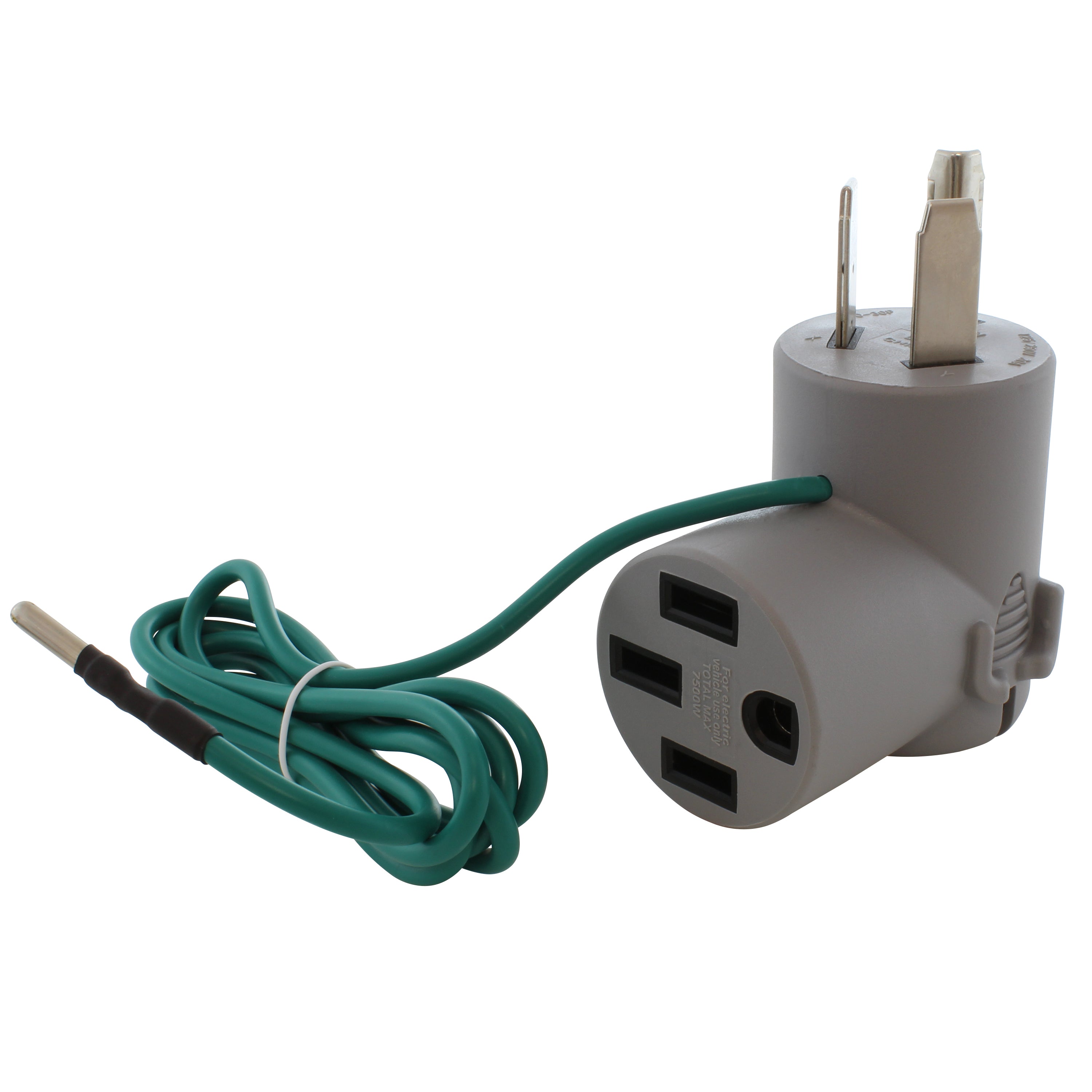
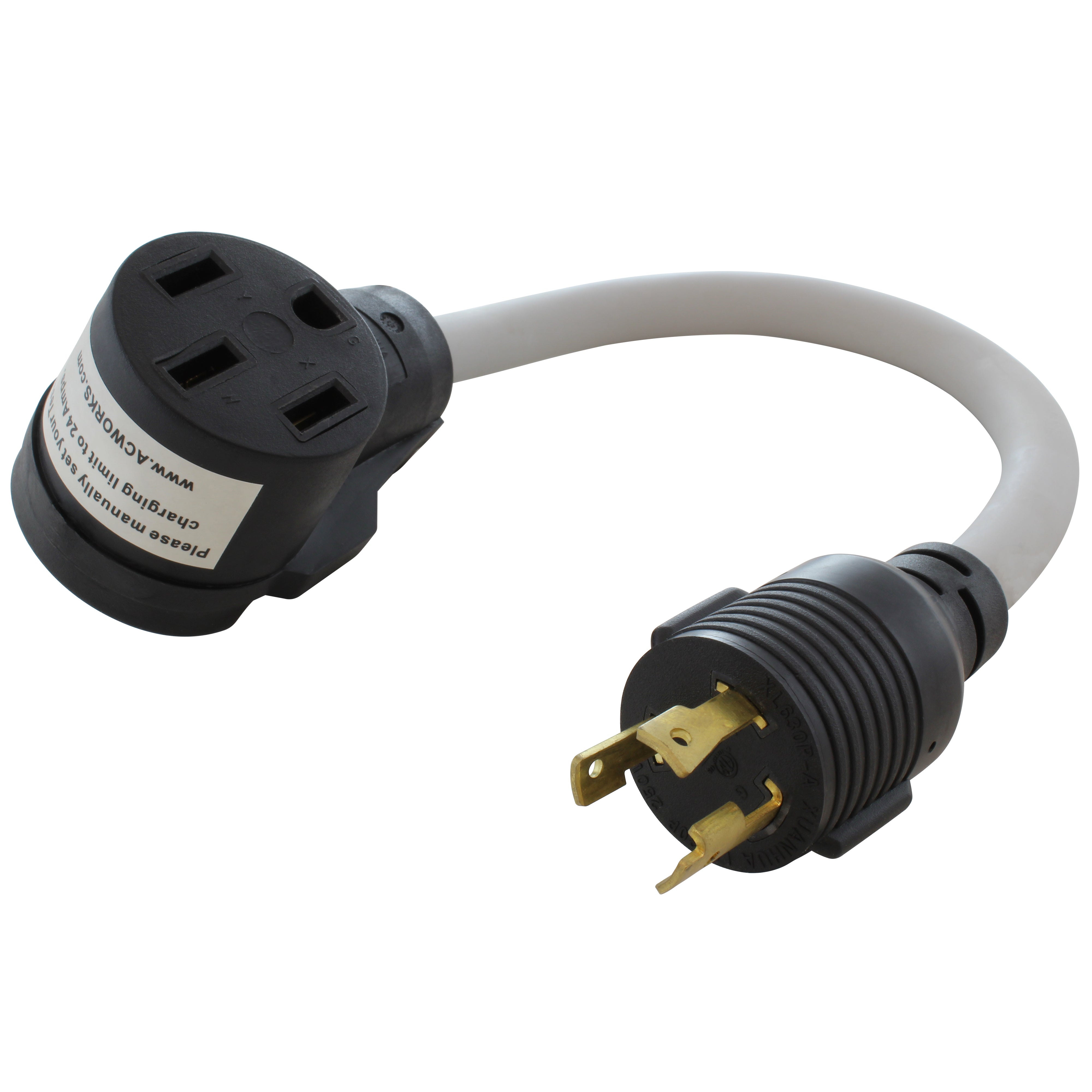
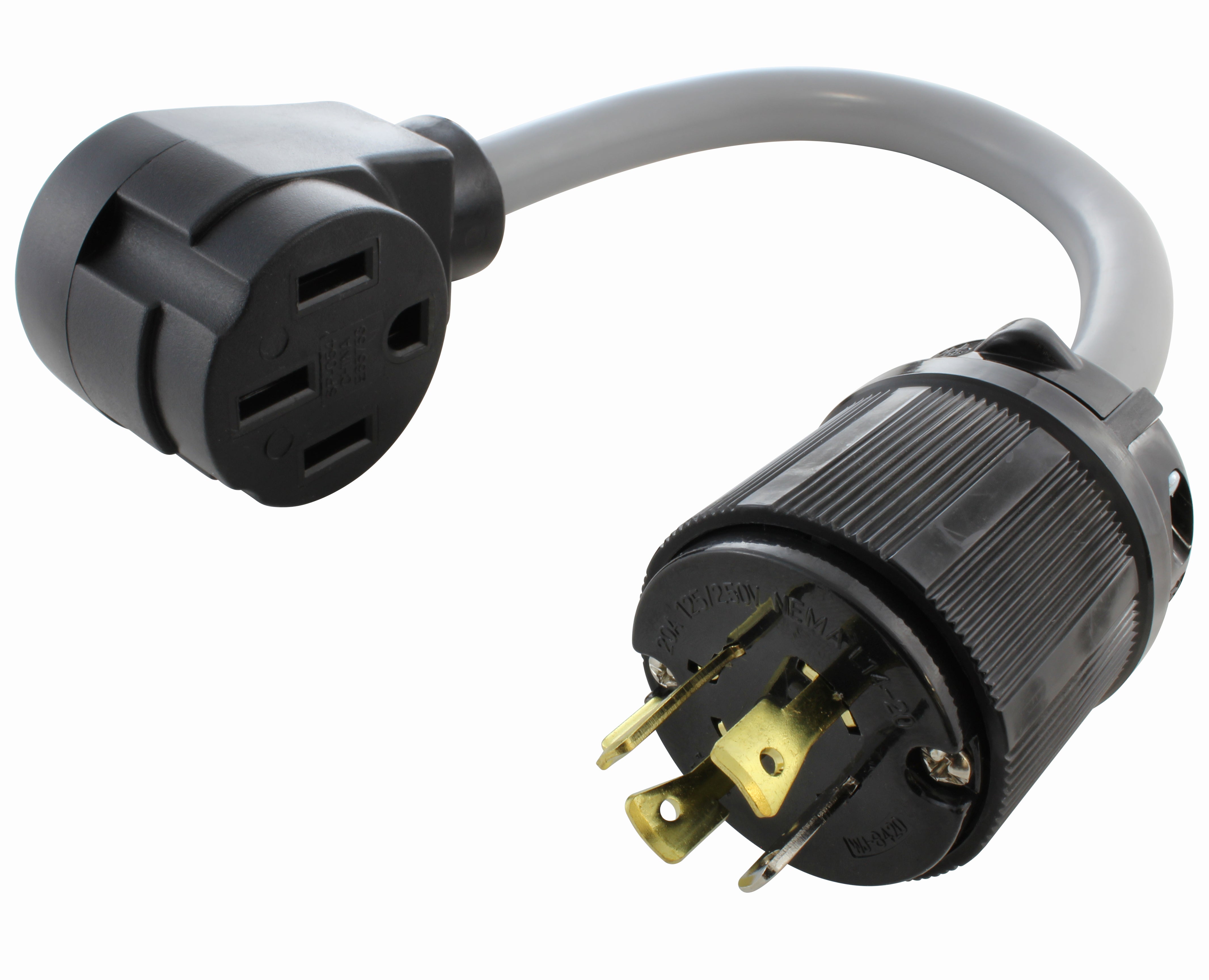
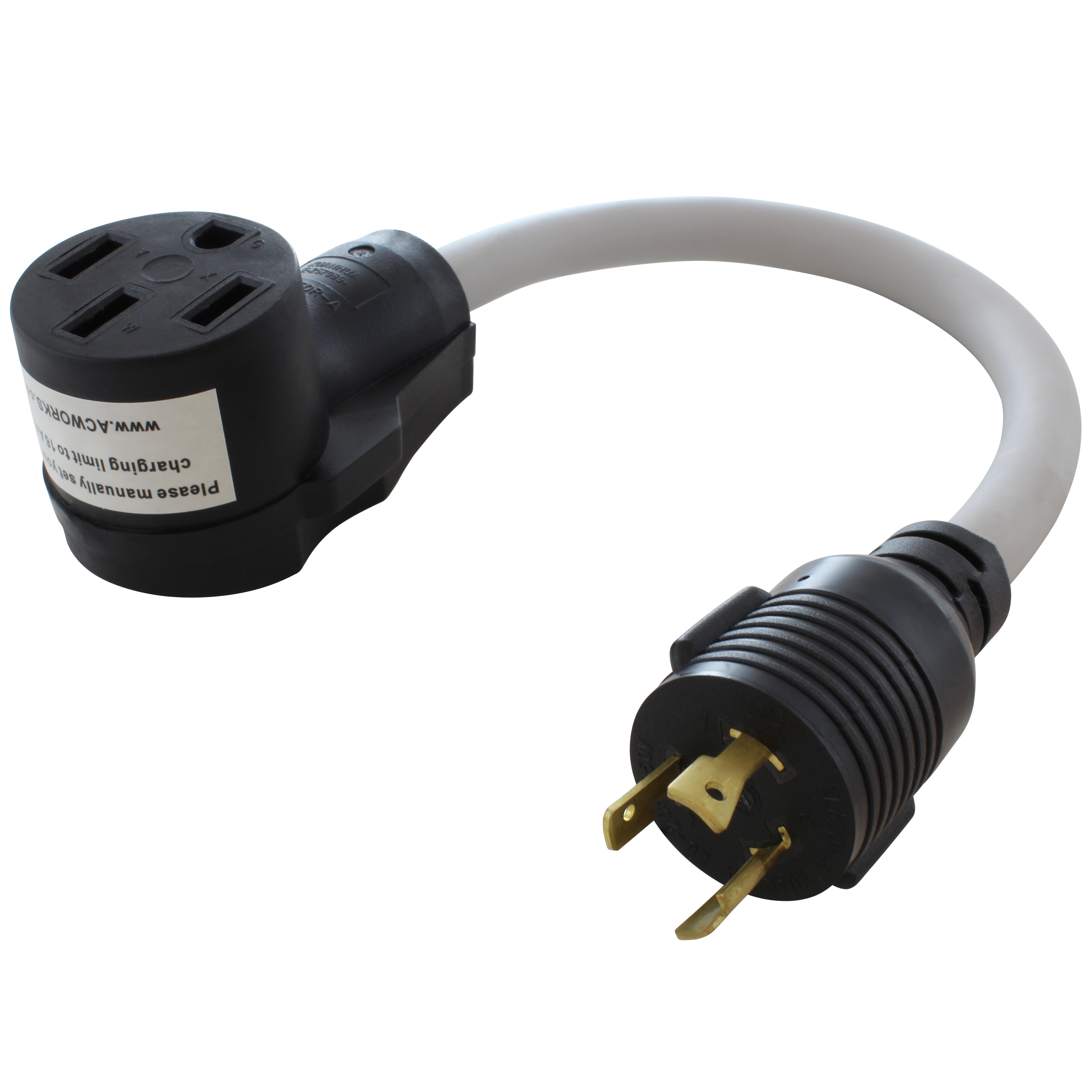
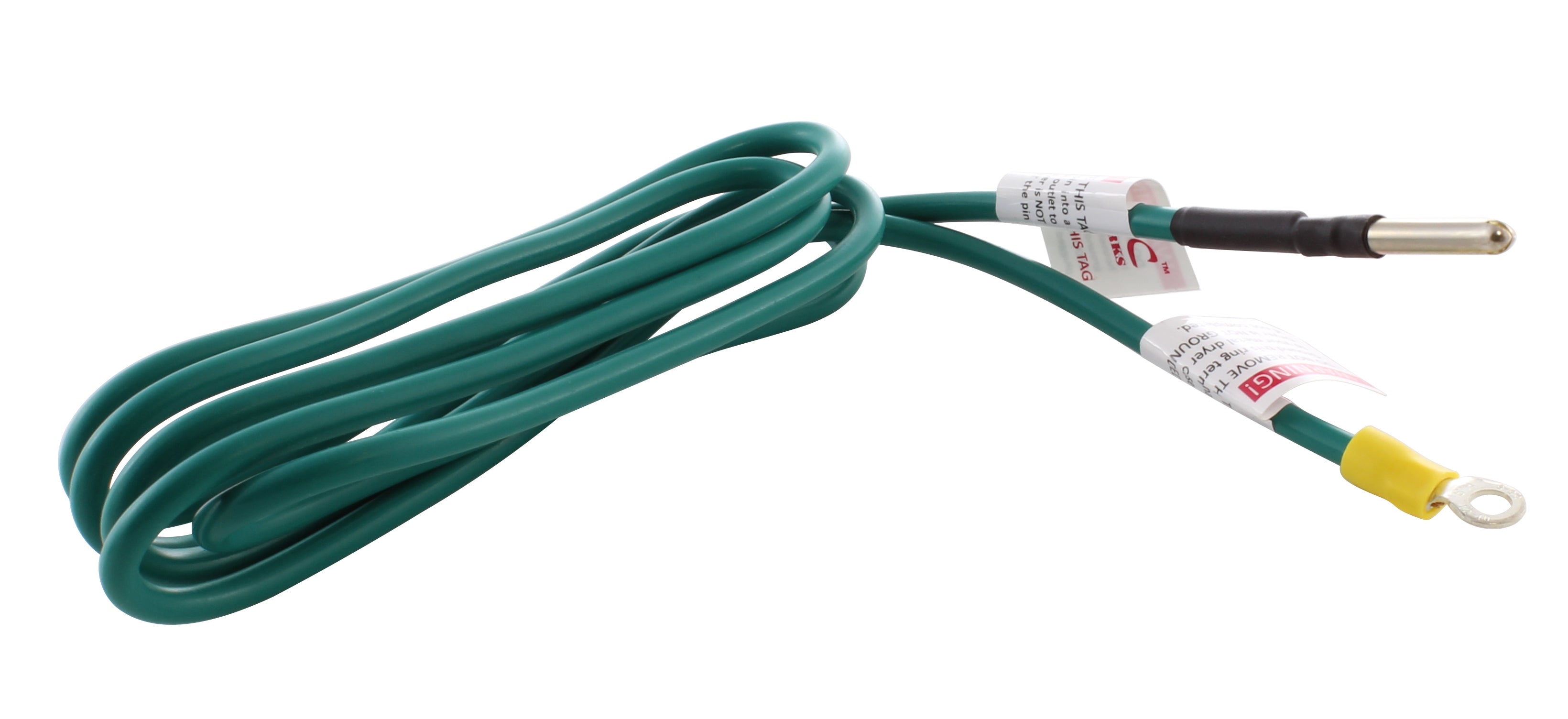
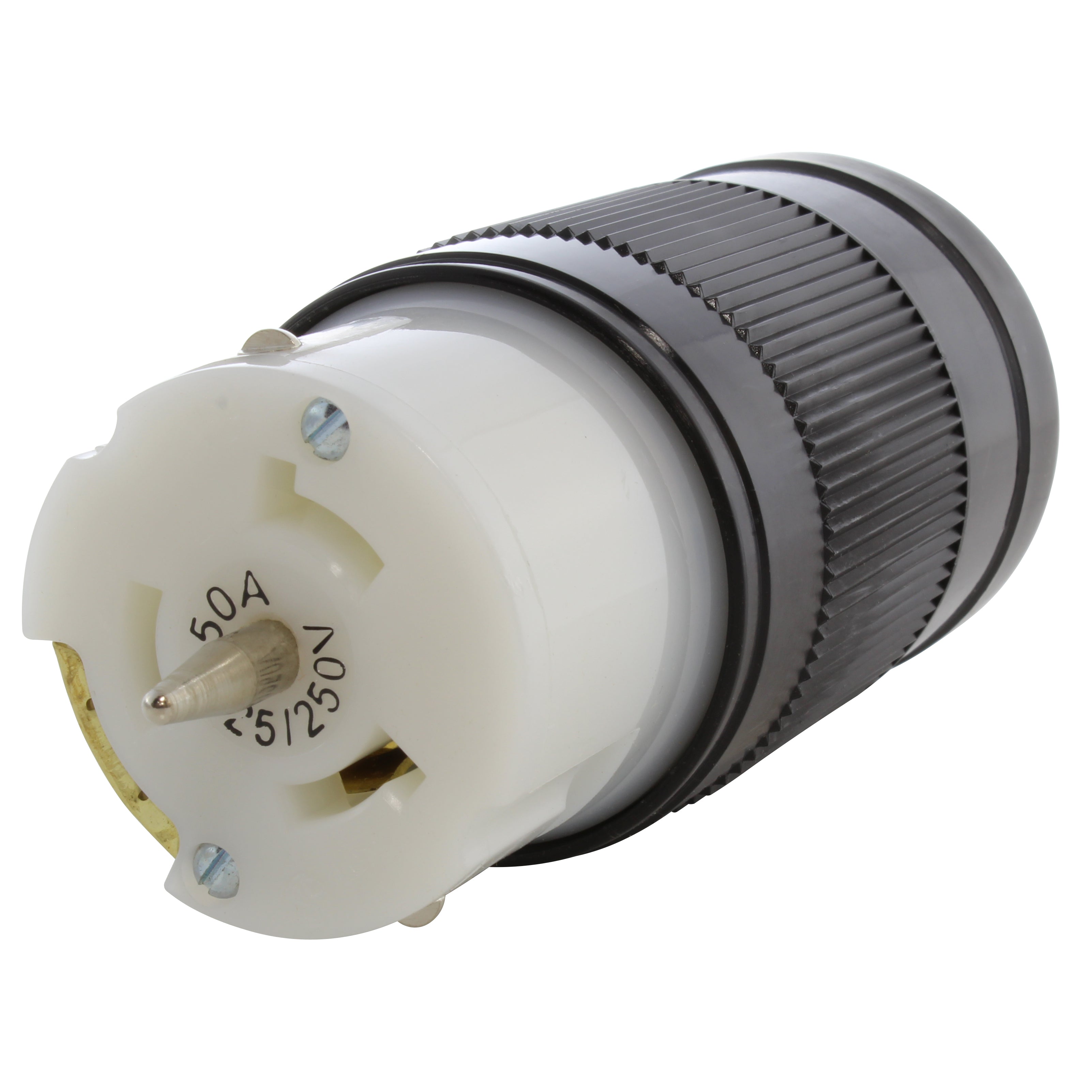
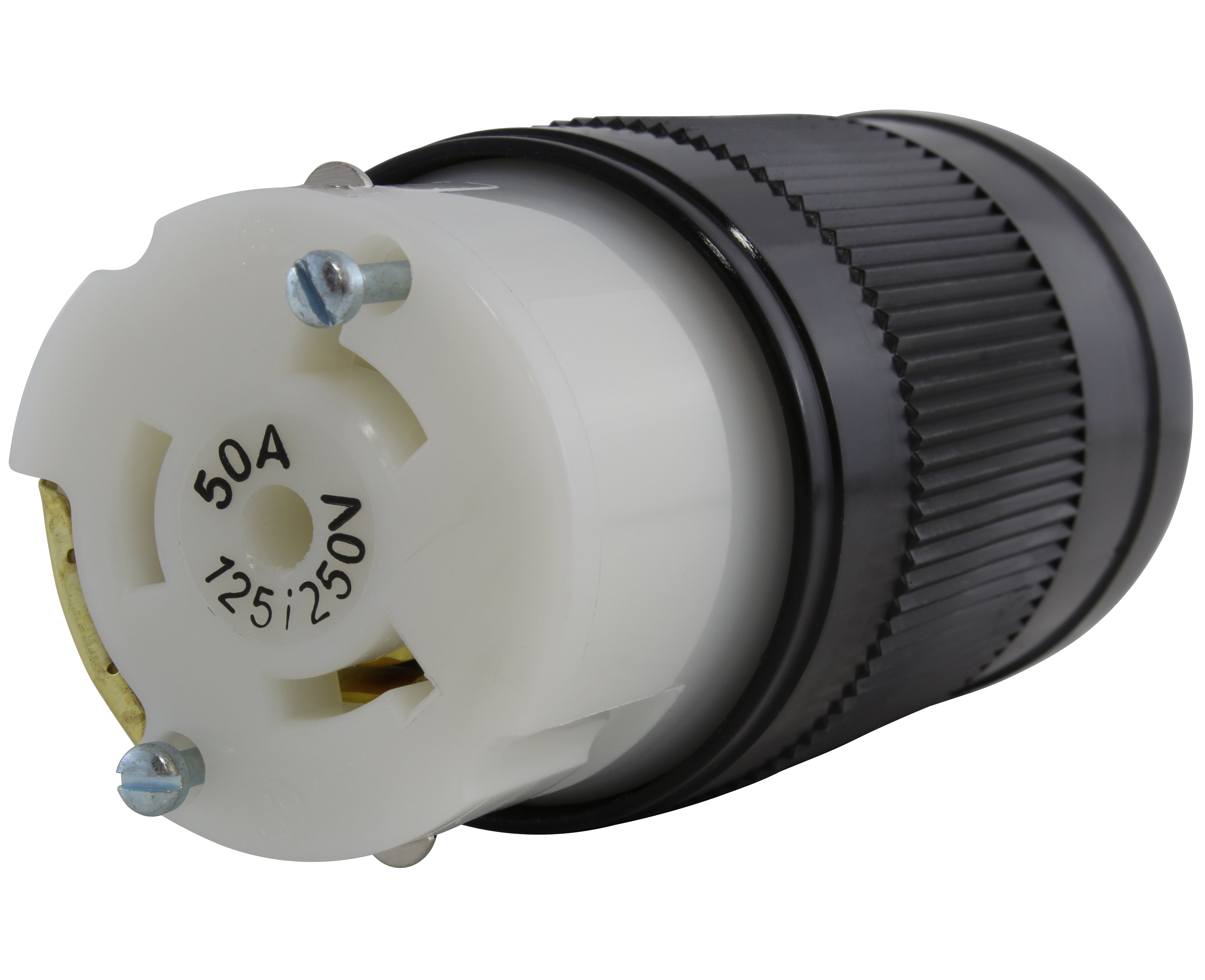
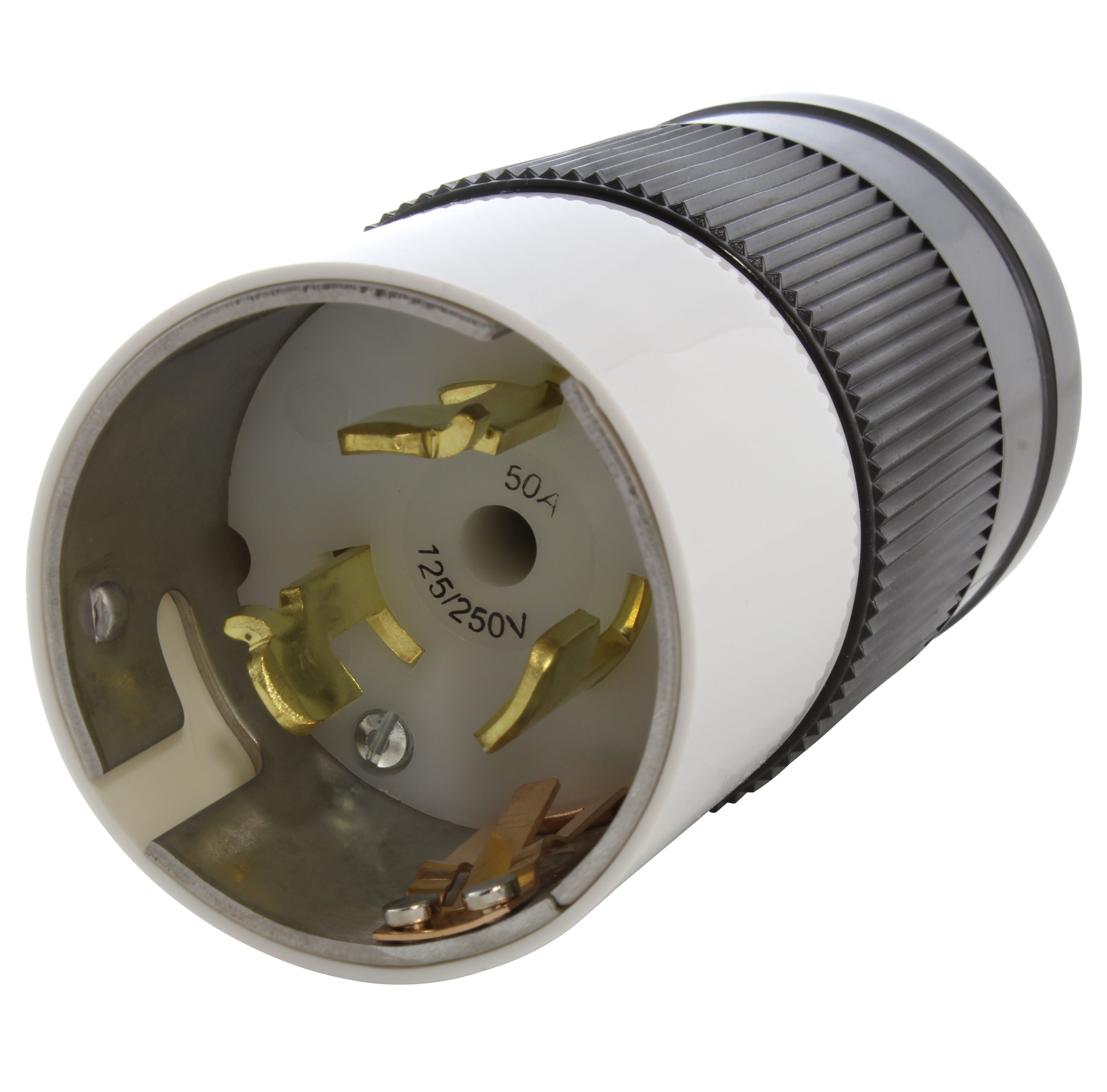
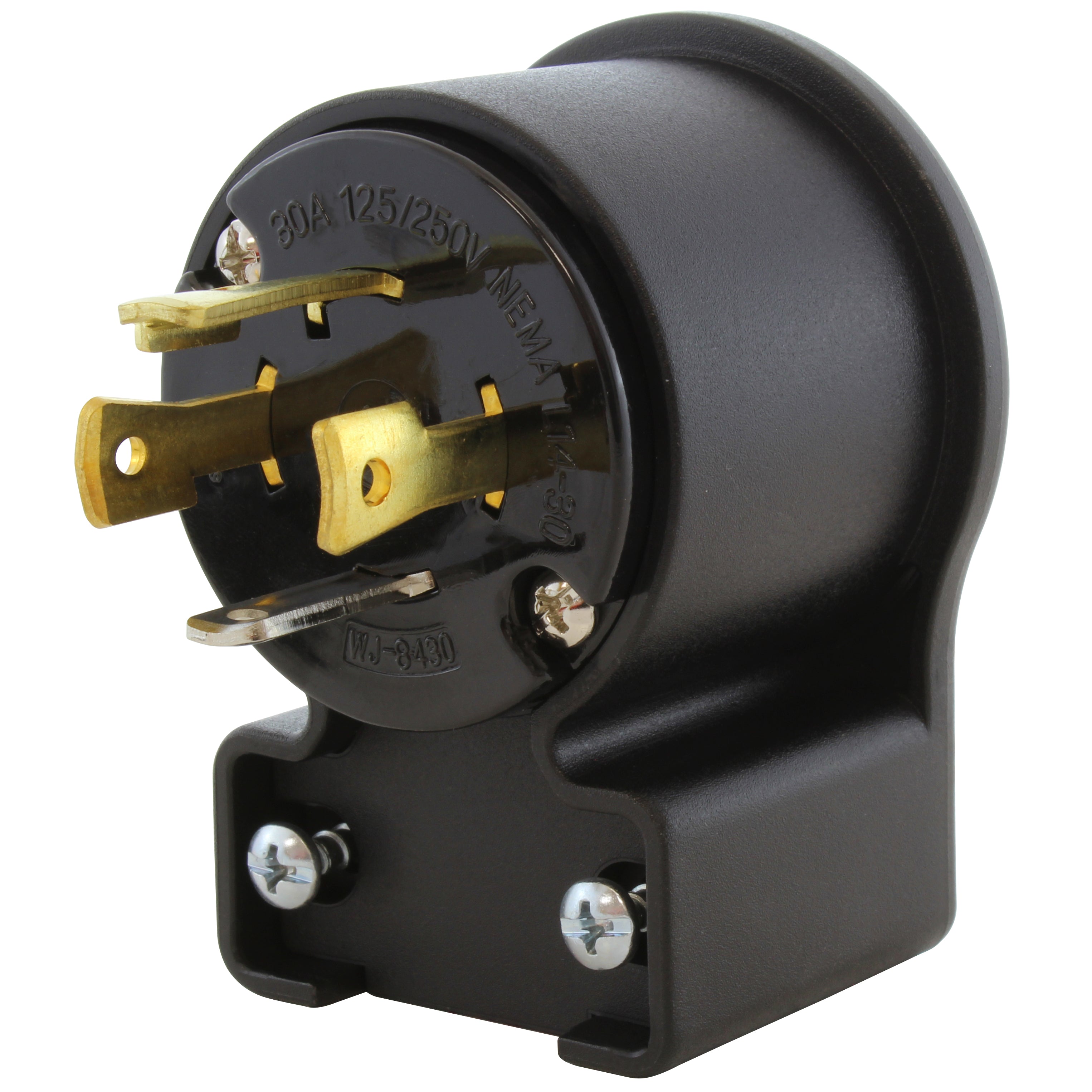
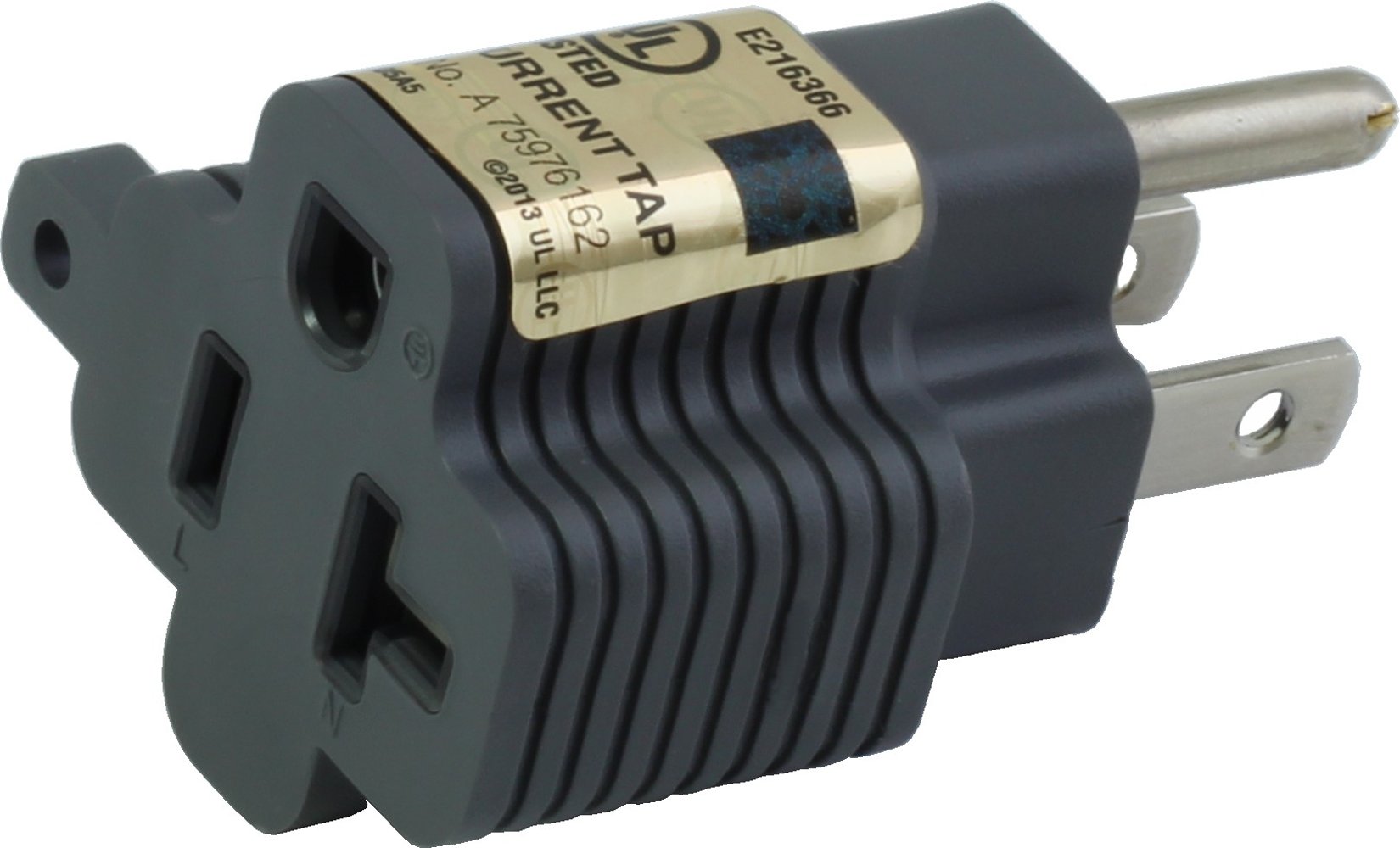
![AC WORKS® [ADV104] 3-Prong Heavy-Duty V-DUO Household Outlet Adapter](http://acworks.com/cdn/shop/products/ADV104-0.jpg?v=1605738768&width=3128)
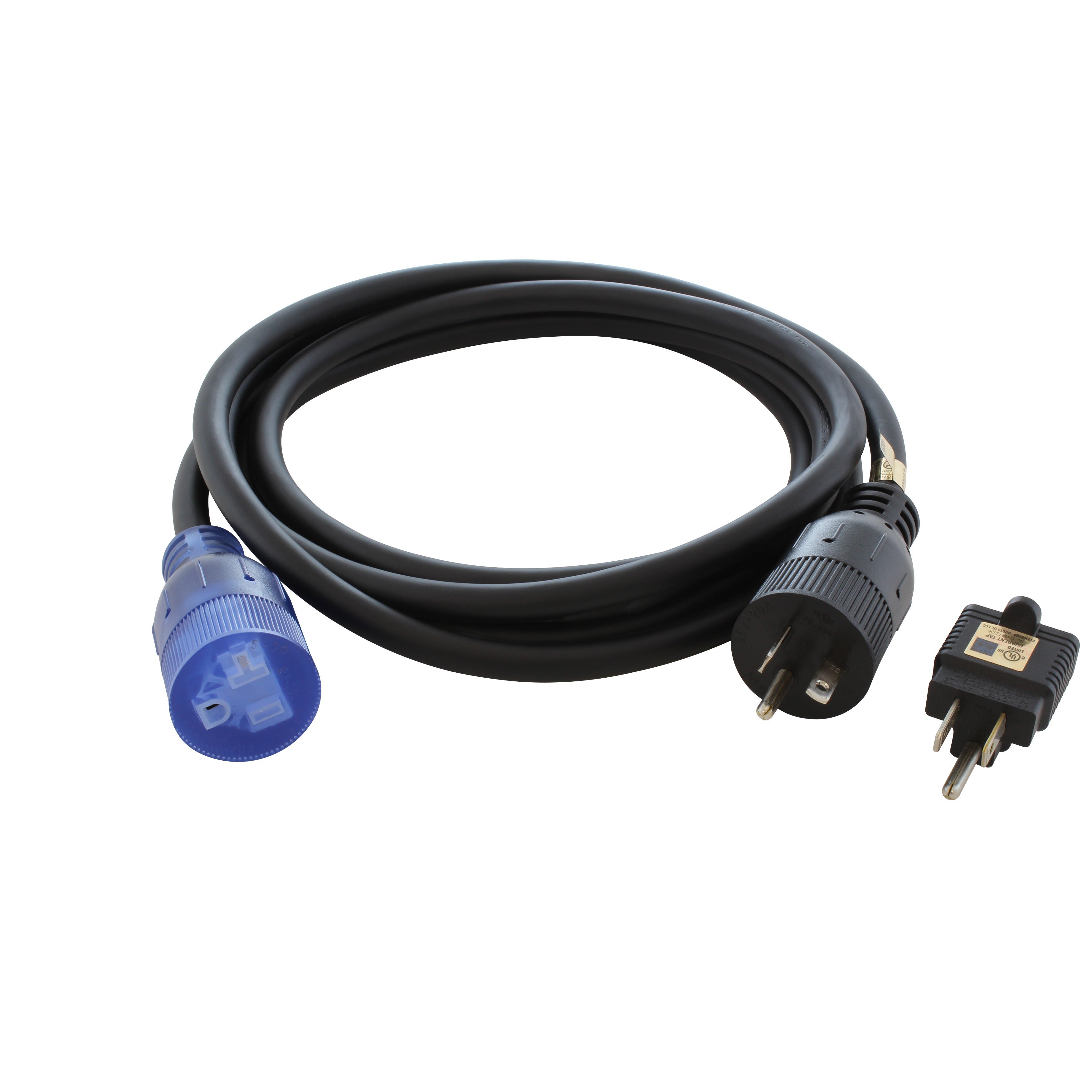
![AC WORKS® [XH515520] 15A to 15/20A 125 Volt Plug Adapter with ETL Safety Approval](http://acworks.com/cdn/shop/files/XH515520-0_daea425a-f439-48df-bb75-052167057f12.jpg?v=1729091519&width=2500)
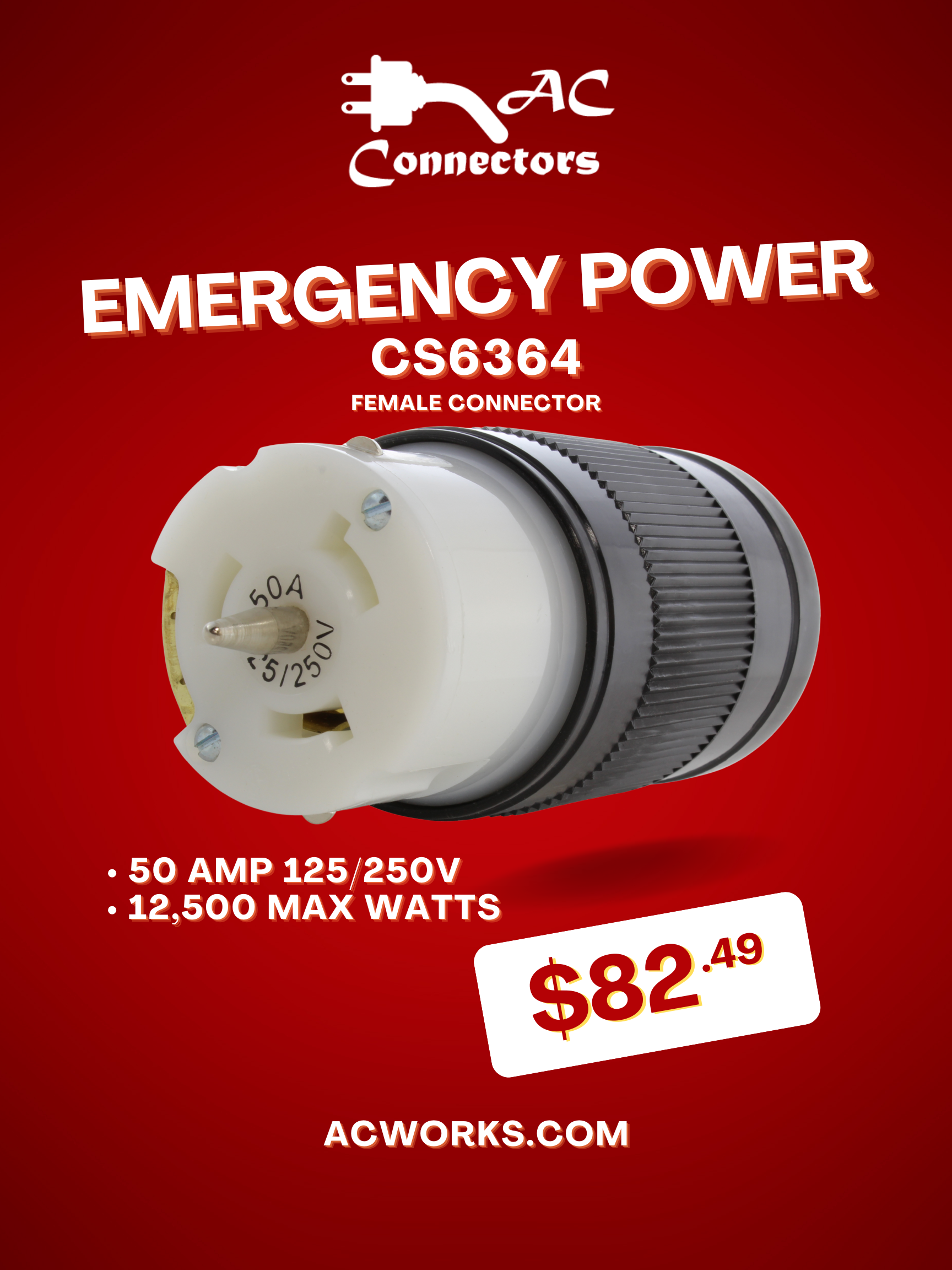
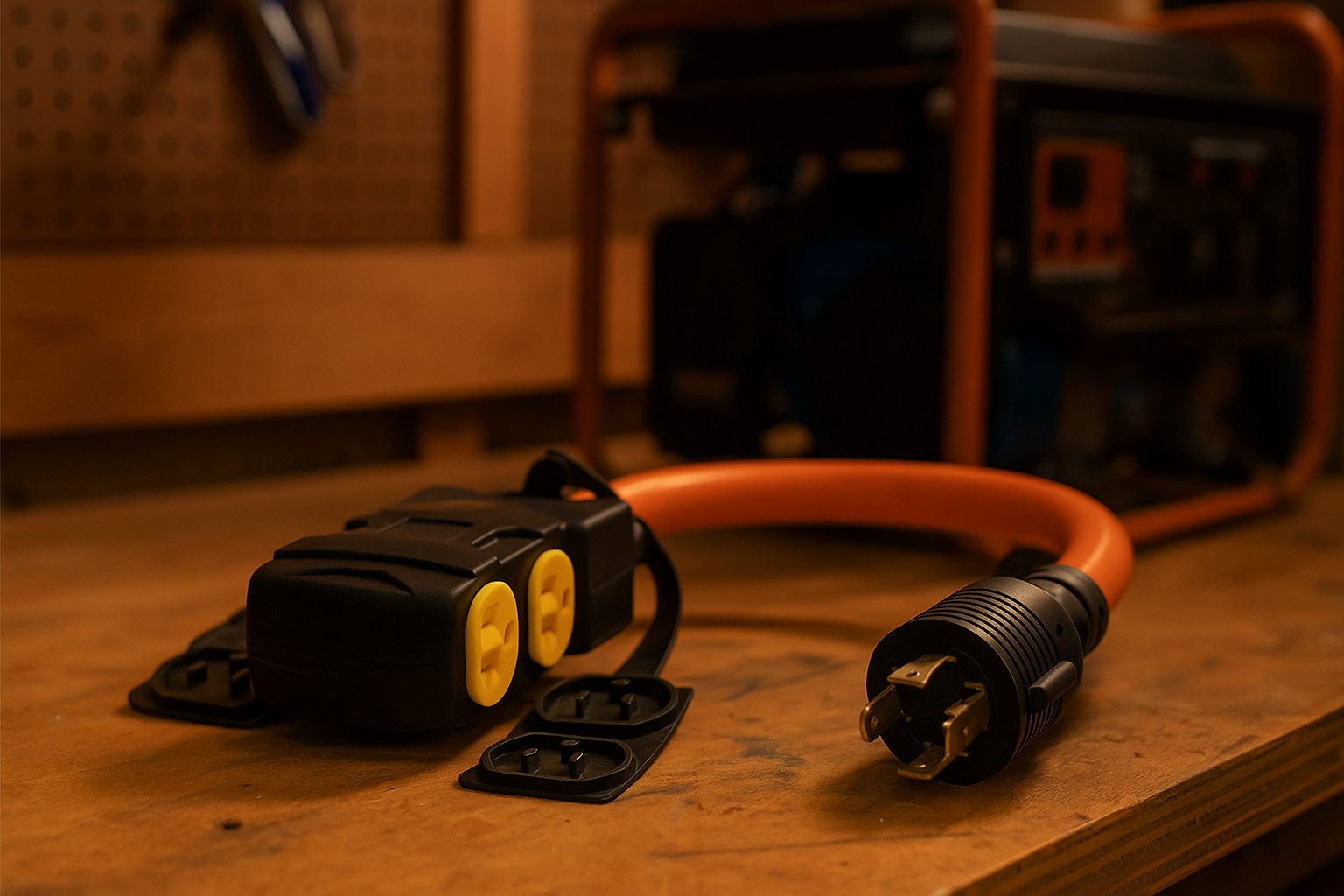
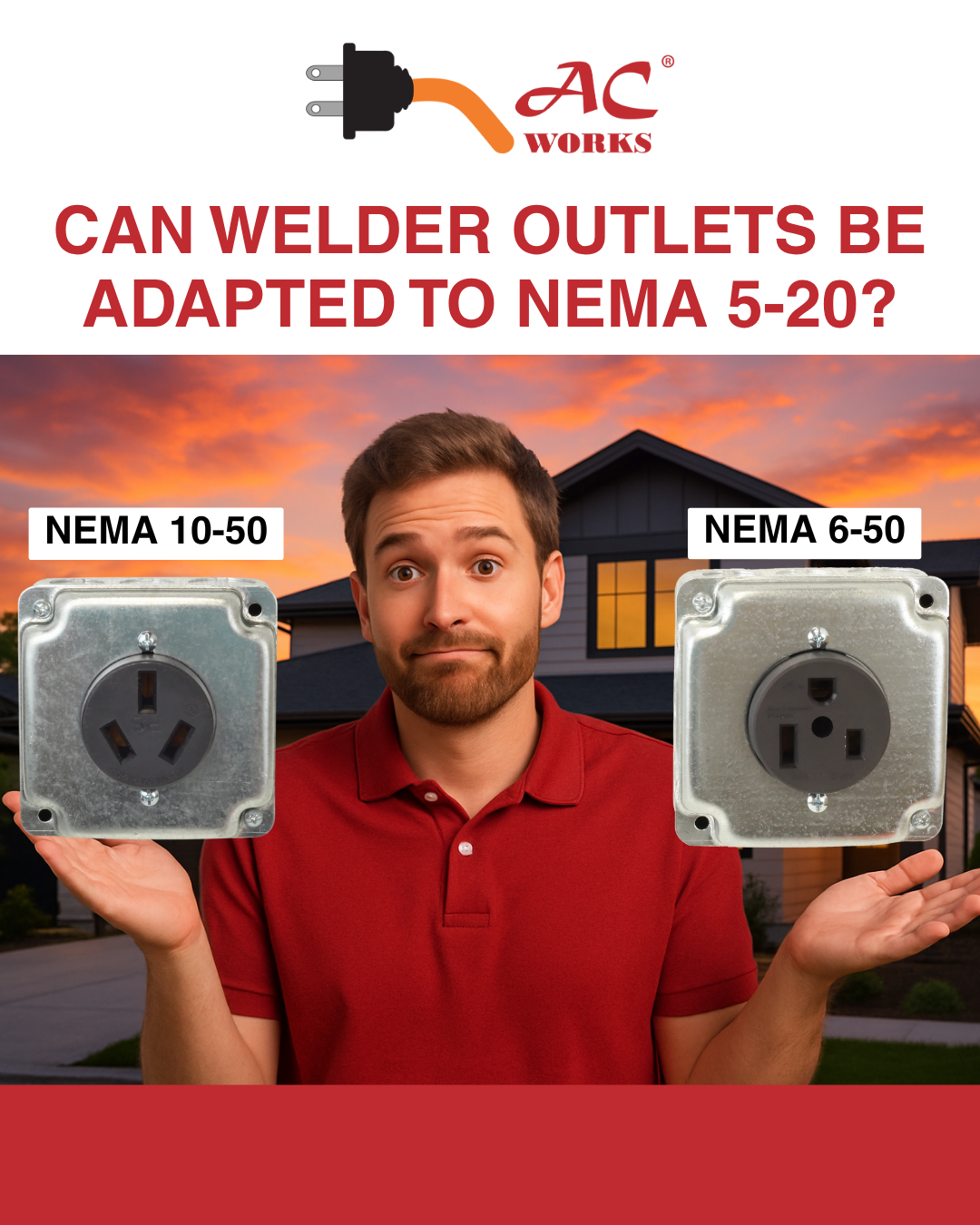
Share:
Prepare your Boat for Winter Storage
Residential Outlets